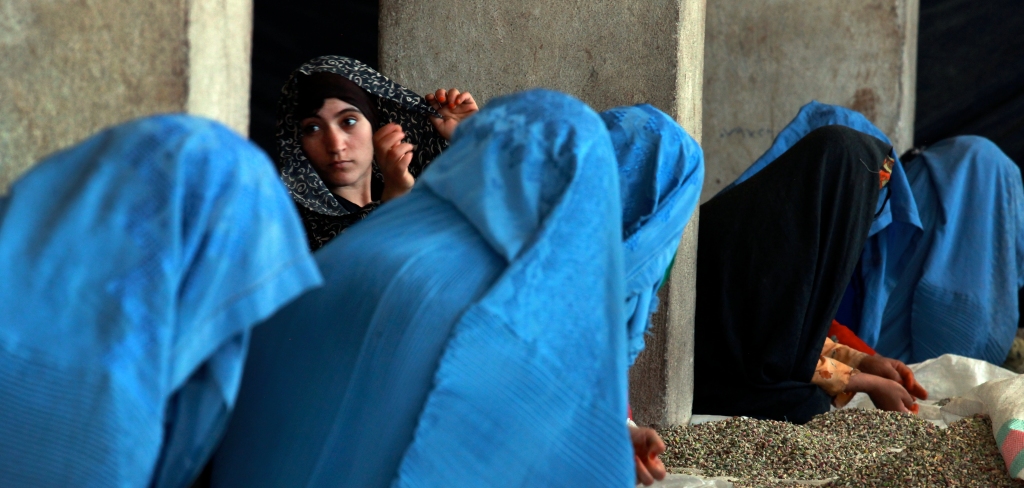
After a conflict, we usually debate trading ‘justice’ for ‘peace’ but we often only focus on the words and actions of powerful, usually male, elites. Instead this paper asks the question: how is transition experienced ‘from below’ when diplomatic elites make deals? Today in Afghanistan and Myanmar, women’s rights advocates speak of women’s rights being ‘traded away’ by the international community while those states are undergoing fundamental transitions. Many Afghan women, after being relegated to small numbers in the back of the room at the September 2012 NATO Summit in Chicago, are now anxious that the international community is too focused on their respective withdrawal of troops from Afghanistan to ‘bother with’ women’s participation in the peace and reconciliation negotiations. In Myanmar, women fear that in the rush to gain opportunities for foreign direct investment and welcome the 2015 elections, the international community is ignoring what the transition may mean for ordinary women. They point out the pattern of recent attacks across Myanmar, where a woman or girl is brutally attacked or raped by an individual of a different faith or ethnicity. This incident triggers broader violence, and now controversial marriage laws have been introduced to the parliament.
Based on interviews over four years with local women’s groups and Western diplomats at post in Kabul and Yangon, this ARC Future Fellow project will build a picture of what some leading women think about the transition in their nation and their aspirations. There is tremendous diversity between women of different ethnicity, religion, age, migration status and class in both countries, and great differences in how the conflict affected women. This work offers a snapshot of those groups most engaged with international actors on women’s rights. It examines what aspects of women’s rights or status are being ‘traded’ in these contexts and for what purpose, using current examples of peace negotiations, security sector reform and economic governance. We can then make comparisons as to how the international community is responding to the claims of these local women, and what tools they have at their disposal. The United Nations Security Council and leaders all over the world use stirring words to describe the rights of women in and after conflict, raising expectations, but the lived reality for most women looks very different. How much leverage do foreign actors actually have? Is it possible for women to ‘trade up’ their status in a post-conflict state, so long as their issues are at the table? Or should foreign actors aim to at least do no harm?
Afghanistan and Myanmar are undergoing seismic change. Many will be examining the consequences of such change, but few will keep a sustained focus on the rights claims of women and girls, and on tracking the role of the international community vis-aÌ-vis the national government in terms of any gendered impact of negotiated deals. What the West needs may be nothing less than a new style of diplomacy in transitional states that respects the voice of women.
Access outcomes and key findings of the project here.
For more information on the project visit this website.